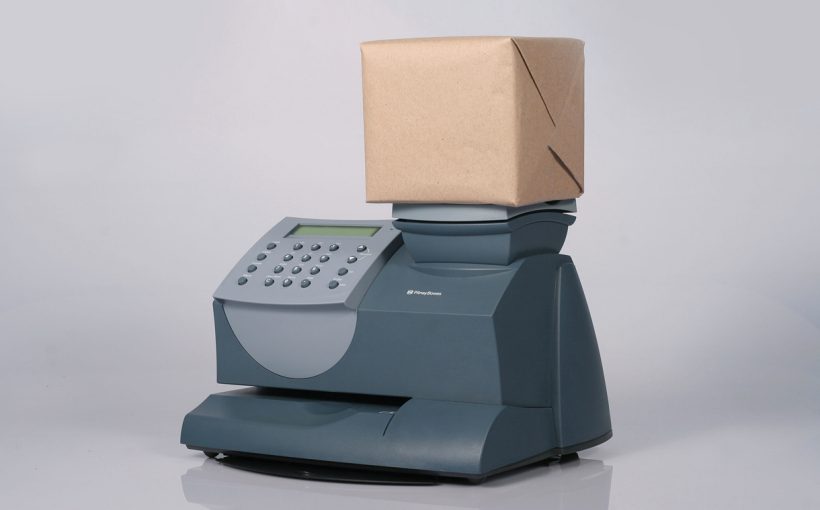Get Franking Quotes Today
Simply fill out the online form to get your FREE quotes from Leading Franking Suppliers.
✔ Free No Obligation quotes
✔ Compare prices from Leading Suppliers
✔ Instant call backs
In the digital age, where emails and instant messaging dominate communication, one might wonder about the relevance of traditional postage methods. Among these is the venerable franking machine, a device that has long been a stalwart in handling mail. But do people still use franking machines in today’s fast-paced world?
A Brief History…
The franking machine, introduced in the late 19th century, revolutionized mail processing by enabling companies and individuals to print postage directly onto envelopes or labels. Its convenience and efficiency have made it a fixture in many offices worldwide. However, with the advent of digital communication, the question of its relevance in the modern era arises.
Surprisingly, despite the digital shift, franking machines continue to play a crucial role in various sectors. Small businesses, medium-sized enterprises, and larger corporations still find value in these machines. They offer benefits that resonate even in the age of emails and online transactions.
Cost Effectiveness
One primary reason for the sustained use of franking machines is cost-effectiveness. Businesses that regularly send out mail, such as invoices, contracts, or marketing materials, benefit from reduced postage costs. Franking machines often offer discounted postage rates compared to traditional stamps, making them an attractive option for companies aiming to optimize their mailing expenses.
Moreover, franking machines provide convenience and time-saving advantages. They automate the postage process, eliminating the need to queue at the post office for stamps. Users can weigh the mail, calculate postage, and print the exact amount required, saving precious time for employees involved in mailing tasks.

Additionally, these machines often come equipped with features like tracking and reporting, allowing businesses to keep a detailed record of postage expenses and mail volumes. This data can aid in budgeting, auditing, and evaluating the effectiveness of mailing campaigns, providing valuable insights for business operations.
Furthermore, advancements in technology have transformed franking machines into sophisticated devices. Modern models integrate seamlessly with office systems, enabling easy integration with accounting software for streamlined expense management. Some even offer capabilities for customizing postage labels with company logos or promotional messages, adding a professional touch to outgoing mail.
The continued relevance of franking machines is also evident in sectors where physical mail remains a necessity. Government agencies, legal firms, healthcare providers, and nonprofit organizations often handle sensitive information that requires secure and traceable delivery, making franking machines an indispensable tool in ensuring efficient mail processing.
Despite these advantages, the use of franking machines has experienced a gradual decline in certain contexts. The shift towards digital communication has reduced the overall volume of physical mail sent. Smaller businesses or individuals might find the initial investment and maintenance costs of franking machines prohibitive, opting for alternatives like online postage services or printing stamps from home.
Conclusion
In conclusion, while the landscape of communication has evolved significantly with the rise of digital platforms, franking machines continue to hold their ground as an efficient, cost-effective, and reliable means of handling mail for numerous businesses. Their ability to streamline postage tasks, provide cost savings, and offer convenient features ensures their continued relevance in a world where physical mail remains an essential component of communication and business operations.